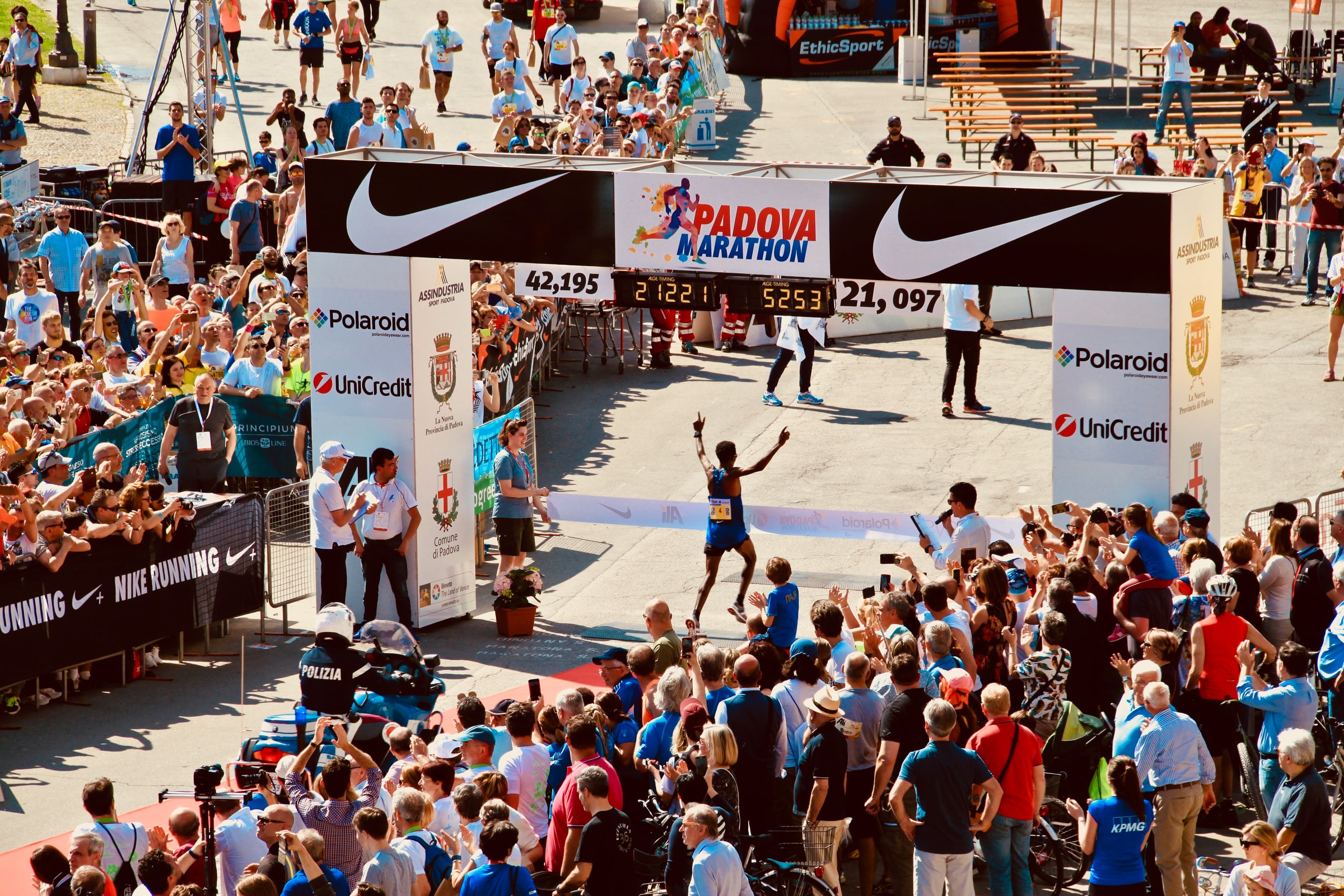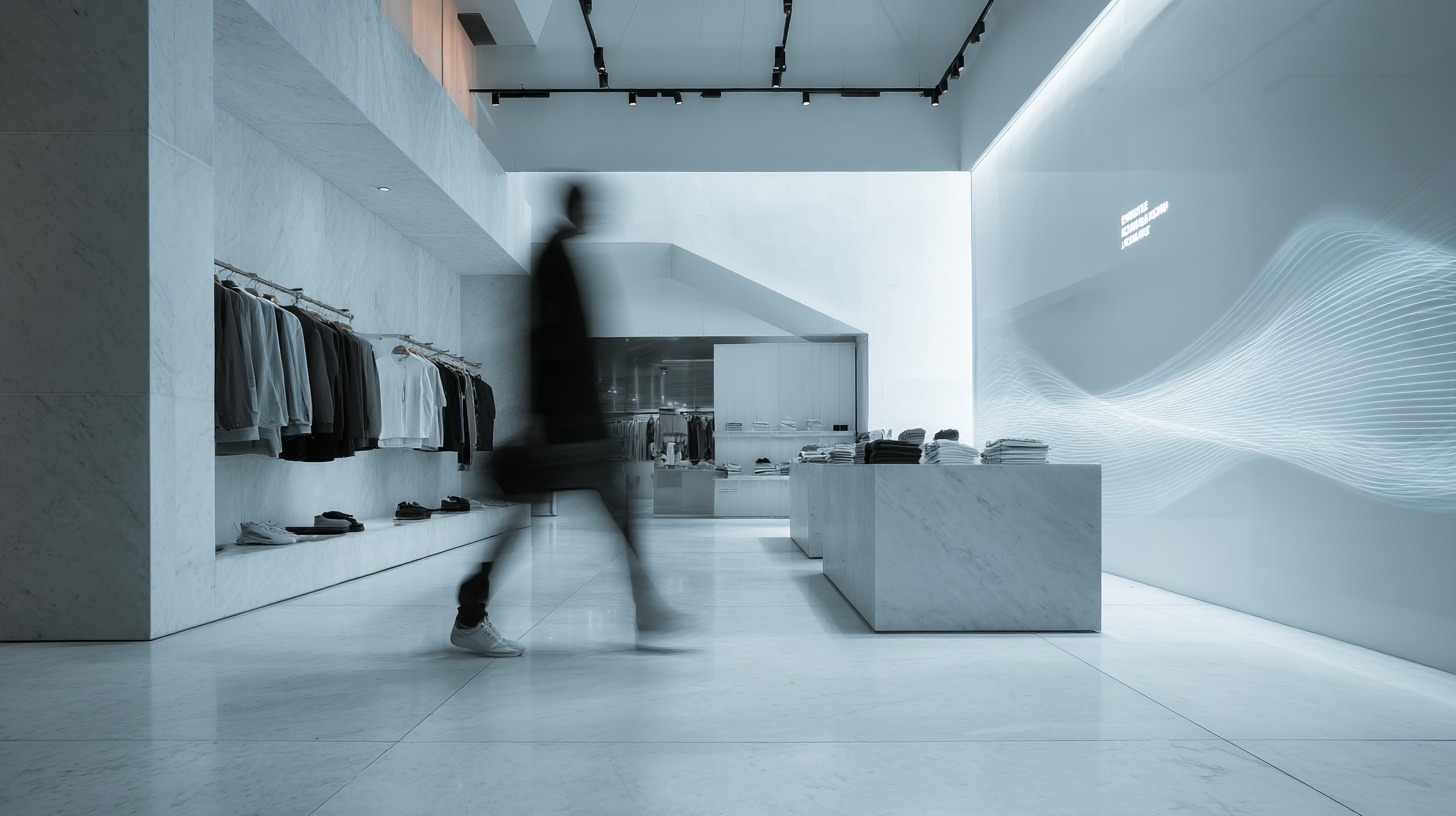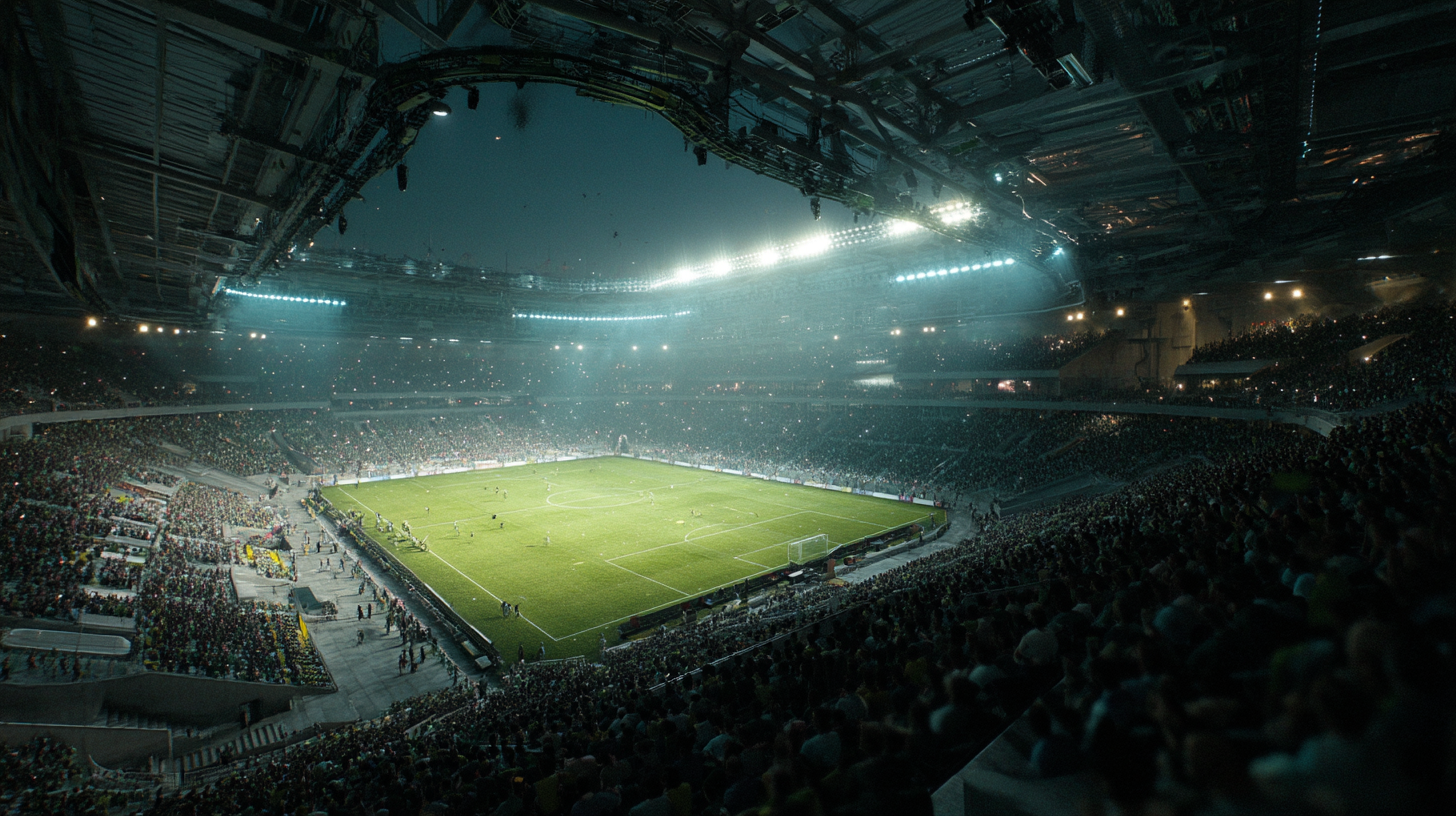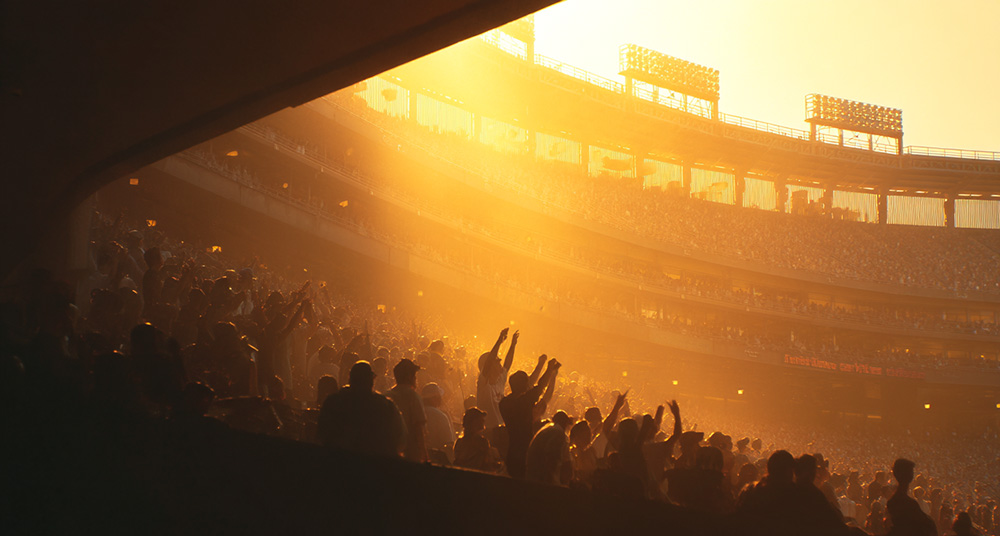We all miss sports these days. I suppose it’s connected to missing our previous (past?) lives.
by Valentin Fleur, Head of Strategy & Managing Director Canada
I miss sports so much that I even surprised myself watching the German Soccer league over the weekend. Why not right? Especially when you are a devoted sports fan like myself. To prove it you, last week’s best news was that NBA’s board of governors voted to approve commissioner Adam Silver’s plans to re-launch the 2019-20 season. This has got to mean something and I just can’t wait.
I work in sonic branding. It’s like working in any other branding agency, our role is to add clarity but unlike many others we leverage a sense that goes beyond sight to create more unique and engaging branded experiences.
Over the last 25 years we have been designing sonic territories for all kinds of brands in all kinds of sectors from retail, banking, and pharma to ice creams, diapers and footwear but only until recently, in the last 10 years or so, we were asked to design sonic identities in the sports category.
How do we capture the essence of a sports brand?
Can we consider a soccer club, a hockey or a baseball team like any other brand?
When it comes to sports, there are so many different parameters to consider, from the origins of the sport itself, the players with their very own personalities, the venue, and the crowd because sometimes they even own the club (like the socios in Spain) and it is our job is to create a specific and consistent experience out of those different factors.
We are very lucky people. Sixième Son has been working with all kinds of teams and sporting events soccer, rugby, tennis, formula 1, and even horseback riding. We’ve been the lucky partners of the Tour de France since 2015, the year we designed their first-ever sonic brand. Lucky and proud.
For a sports fan, it has always been an honor to work with these brands because you end up bumping into very fascinating people.
The reason I’m bringing this up is because it’s crucial to absorb all the insights you can get from all sources.
But that’s also not enough, you have to structure your thoughts. And if we had to highlight our thinking, here are 3 key ideas to consider when working on a sonic brand in the sports industry.
1. Look for the heritage, find the legacy
Our thinking usually starts by going back in time, to find the legacy in the roots of the brand. When we design a sonic brand, we don’t only capture the core brand values in the NOW. We have to tie together what makes the club (event) popular today to what made it so unique IN THE PAST.
And you can only get that feel when you talk to people, not only in the marketing team but the people taking care of the pitch or the clay court, the organizers and the spectators.
So our role is not merely to sonically portray the key values of the brand in the now, but it is to give life to the legacy that is still alive today. This will be the essence of the sports brand we are looking for.
2. Change perspectives, find your hero
We are designers. We don’t consider ourselves musicians, we consider ourselves as brand storytellers. Secondly, like any good writer, we have to find the right angle to tell our story because creating a sonic brand is about creating a consistent experience across all kinds of audiences.
- What we like to do is always consider the perspective that makes this entire story even more interesting.
- Which player is the main character? Is he the hero of our story?
- How is the crowd?
- Does the event itself take over the show or is it the overall atmosphere you can feel, while waiting on the side of the road or cheering in a stadium?
These are important questions we always have to ask ourselves so we can infuse those personality traits into the composition.
Once you have decided what those traits are, you have to make bold decisions.
3. Avoid the standards, build your own show

This is something that we are all experiencing especially in North America, because here the show – the entertainment of the crowd – is sometimes more important than the sport itself. Therefore, I’m always surprised when I watch a playoff game at the Madison Square Garden or a Leafs game at Scotiabank arena in Toronto, that the same songs are being played.
Don’t get me wrong, there are great songs being showcased out there of course, great lively tracks that everybody enjoys, dances to or kisses to sometimes. And great anthems as well.
Personally, I was surprised to discover that the Jump track from Van Halen was not only played when the players entered the stadium for my home team but in so many others across Europe.
If you want to deliver a very unique experience, a very specific experience, you have to create your own sonic codes. Because if you don’t stay away from those tired and overused codes, then there is nothing that differentiates your stadium from another, and in the end, you’re not creating any attachment to the brand.
This is what the fans are looking for, something specific to cheer for that only they can own.









